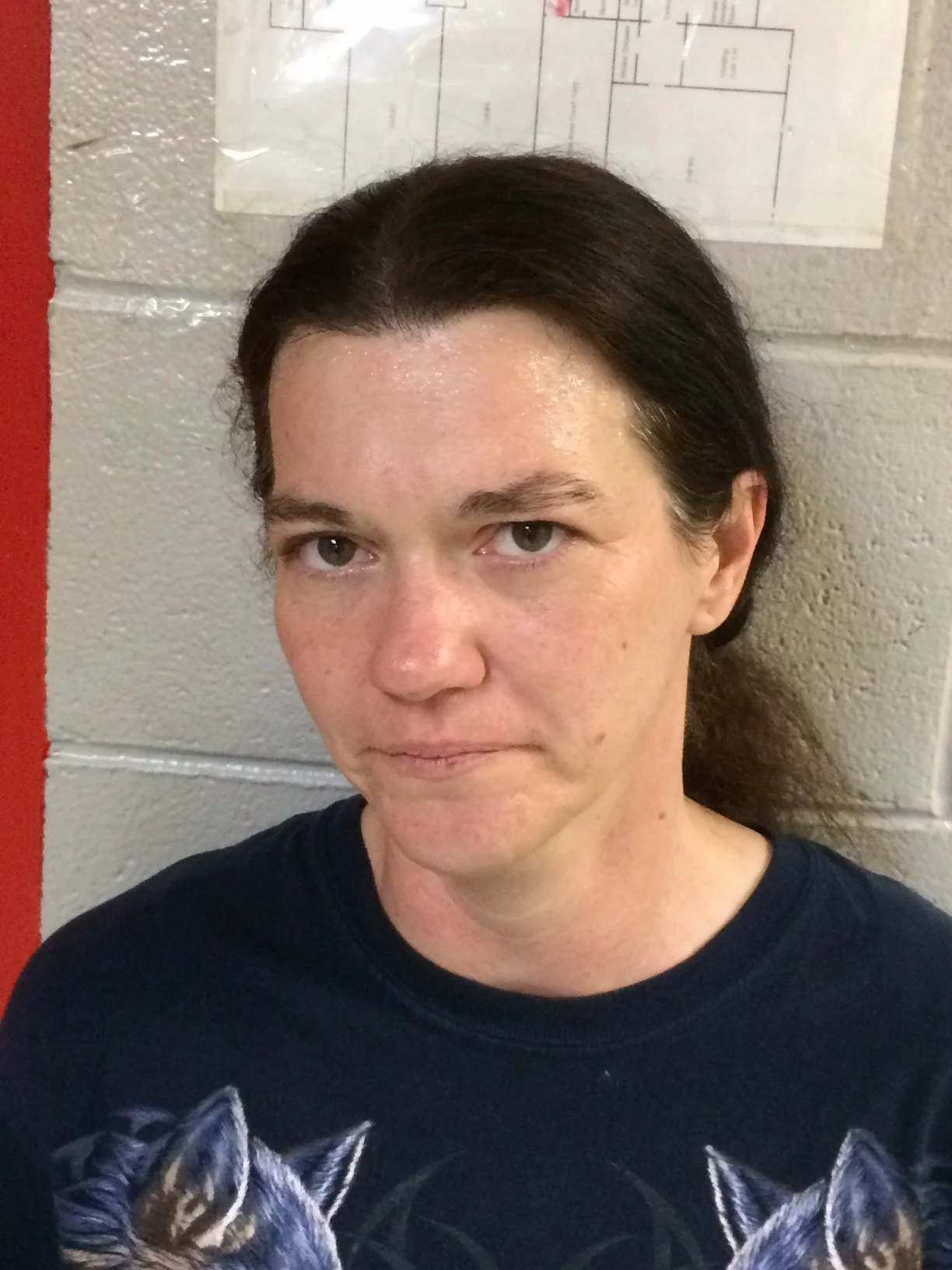The color of addiction
The color of addiction
In 2015, drug overdose was the leading cause of accidental death in the U.S. Of the 52,404 reported cases, 20,101 were attributed to opioid use and 12,990 related to heroin. These numbers are courtesy of the American Society of Addictive Medicine.
The misuse of opioids is being treated as a public health crisis and has moved such public officials as Tennessee House Speaker Beth Harwell to declare: “We can’t incarcerate our way out of this problem. What happens when someone usually gets a three-year term, they come out and they’re not reformed and go right back to it? If we can put them in a rehabilitation program — it’s usually about 18 months — they come out and have gotten help.”
What a difference a drug makes. Where was this same compassion and outreach when crack cocaine decimated black families and entire communities? The crack epidemic was not treated as a public health emergency, but black people who became addicted were criminalized instead. The War on Drugs initiated by Richard Nixon and accelerated by Presidents Reagan and Clinton became nothing less than an assault on black and brown-skinned Americans. According to the Criminal Justice Policy Foundation, young whites are nine times more likely to try crack cocaine than young blacks. However, blacks are 21.2 times more likely than whites to go to federal prison on a crack charge.
These numbers bring several things to mind. One, the prison industrial complex, especially private prisons, has grown rich off the backs of black and brown-skinned people. So much so that they have become Fortune 500 companies with stockholders and Wall Street addresses. Secondly, the sentencing disparity, as it relates to black males and crack cocaine, has removed those individuals from the community, taking with them leadership ability, income earning potential and family stability from the community. What it has given these black men is the stigma of being a felon, which means the elimination of voting rights, the difficulty of finding gainful employment and the revolving door of recidivism back into prison. And just as in some cases white women get addicted to opioids, some black women have trouble with cocaine addiction. But with no monies or programs being thrown at this segment of the population for rehabilitation, black women sometimes find themselves behind bars as well. The question then begs, what becomes of the children from these challenged communities? If you listen to some politicians, both locally and nationally, the answer is always the same: Build more jails.
Thirdly, there is a line from one of my favorite movies, "The Godfather," where the heads of the five organized crime families have gathered to discuss the pros and cons of becoming involved in the illegal drug trade. One of the leaders’ stands and states: “In my city, we would keep the traffic in the dark people, the coloreds. They're animals anyway, so let them lose their souls.” Of course, this is a fictional line from a Francis Ford Coppola motion picture, but it is also an American sentiment, one that equated African Americans with cattle, horses and other forms of livestock, and was used to justify the institution of slavery. This is why when an organization declares that Black Lives Matter, they are not doing so at the expense of any other group. But they do so to remind us that black lives are human lives and should be afforded the same dignity and respect and resources whether they are in the majority or the minority.
Finally, addiction is addiction, and when one drug or ethnic group determines who gets rehab or jail, it only weakens our society as a whole. The State of Tennessee, according to Speaker Harwell, has created a task force, drug courts and rehab programs to address the opioid crisis. The Republican-led U.S House and Senate Healthcare Plan includes $2 billion for opioid abuse — some Republicans wanted as much as $48 billion. When you see these types of programs and this amount of money being proposed, there is really only one thing you need to know about the color of addiction: Ninety percent of people who died from opioid and heroin overdoses in 2015 were white.
James E. Cherry is a poet, novelist and social critic from Jackson.


